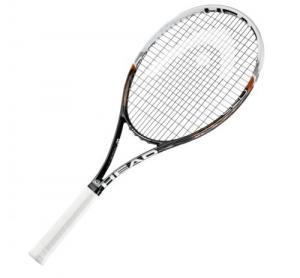Graphene is a one-atom-thick sheet of carbon atoms in a honeycomb crystal lattice (hexagons), and is the single building-block of graphite. Graphene is exciting researchers and businesses around the world - as it's strong and thin and possesses very interesting properties. Among others, it is the strongest material in the world, while being lightweight and with extraordinary electrical, thermal and optical properties. Graphene has a lot of possible applications in various fields like batteries, sensors, solar panels, electronics and more.
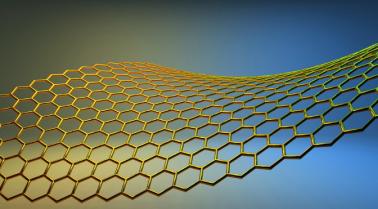
Graphene production
There are dozens of companies that produce graphene (and graphene-based materials). While production volume is relatively small and prices are still high, we already begin to see some commercial applications that use these materials. Hopefully in coming years production volume will increase and prices will drop which will enable more and more products to use graphene based materials.
Commercial products that use graphene
Graphene-enhanced applications and products are starting to appear. The first product to use graphene, as far as we know, is the Siren Technology security smart packaging, which uses Vorbeck Materials's graphene based Ink.
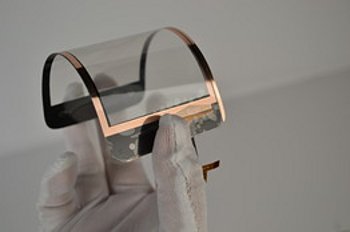
Some companies have announced some graphene based products, we're not sure if these are real yet. Shanghai's Powerbooster Technology claim to have developed a graphene-based flexible touch-panels for mobile devices. They say they are already producing millions of such panels a month, shipping them to mid-sized Chinese smartphone makers. This isn't confirmed yet though.
Composite materials are among the first ways to commercially use graphene, which can bestow beneficial properties upon them like lightness of weight, flexibility, mechanical strength and more. Graphene-enhanced composite materials have started to appear commercially in the field of sports gear.
In the beginning of 2013, HEAD announced their new range of graphene tennis rackets (YouTek Graphene Speed series). These rackets supposedly use graphene to make the shaft stronger and lighter, and HEAD says that the graphene helps distribute the weight better and creates a stronger and better controlled racket. HEAD offers five different rackets, ranging from $170 to $286. It's still not clear what's the material HEAD are using exactly in this product, but it's likely that they are using AGM's graphene flakes.
In 2014, HEAD launched a line of graphene-enhanced skis for women, called Joy, which are meant to be lightweight and durable. The line includes several models, and is currently about 20% more expensive than traditional skis.

International wheel producer Vittoria sells a range of bicycle wheels that are built from graphene-enhanced composite materials. The wheels, called Quarno (Graphene Plus inside) are available in three different editions (46, 60 and 84 mm) and contain graphene nanoplatelets (GNPs) provided by Directa Plus. The company explains that the graphene grants the wheels advantages like heat dissipation (15-30°C lower) – a crucial factor in the slopes, an increase in lateral stiffness (more than 50%) and puncture reduction, especially around the valve area.
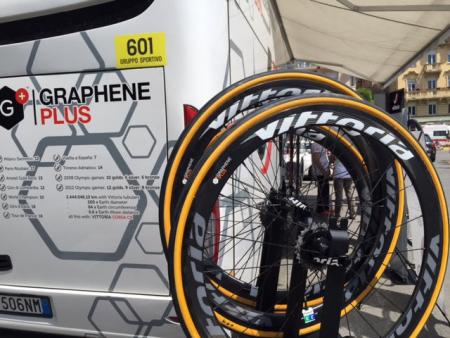
UK-based Dassi Bikes offered what it refers to as "the world’s first bike made with graphene". The Dassi bike frame is said to contain 1% graphene throughout six layers underneath the carbon surface layer. The frame weighs just 750g and engineers predict that sub 400g frames could be achievable.
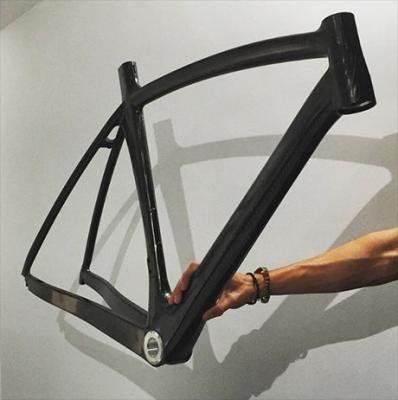
In 2014, A Spanish company called Catlike launched a line of cycling helmets called Mixino 2014, enhanced with graphene. These helmets are said to be light and strong, and offer major improvements in the field of safety and impact absorption. In 2020, Catlike seems to no longer be operational.
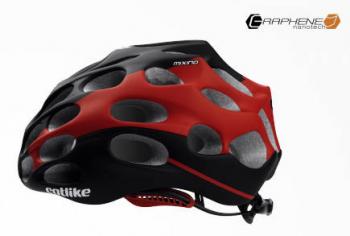
Catlike also launched a line of graphene-enhanced cycling shoes to hit the market around Christmas 2014-2015. The line is called whisper and combines different kinds of cycling shoes (for road, mountain and triathlon biking). The shoes are supposed to provide superior performance by being light and durable.
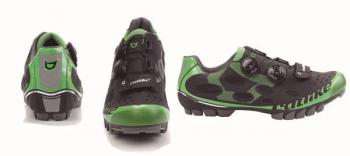
In addition to sports gear, graphene can be incorporated in many other fields and products like sensors, electronics and more.
Applied Graphene Materials announced that it has supplied its graphene material for use in the production of a range of fishing rods, made by UK's Century Composites. Century has unveiled a new range of fishing rods containing the AGM's GNPs, sold under the brand Graphex..
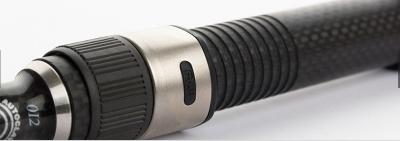
In 2017, Team Group, memory solutions and accessory provider, announced the addition of new products to their existing T-FORCE gaming line of products. Among the new products is the T-FORCE CARDEA ZERO M.2 PCI-E solid-state drive, featuring graphene copper foil cooling on the SSD module allowing the SSD to maximize cooling benefits from both natural passive cooling and directed air cooling via fans to deliver excellent heat dissipation. Utilizing graphene provided by Nitronix and designing combinations of different proportions of graphene and copper foil, the patented graphene copper foil heat spreader was reportedly achieved through stringent multiple verification. It offers excellent thermal cooling effect even in a closed space.
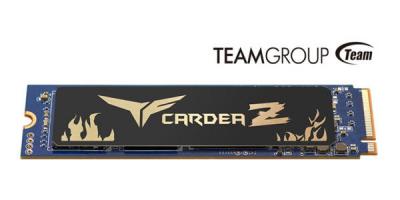
In November 2016, A graphene oxide (GO) sensor co-developed by the ICN2 Nanobioelectronics and Biosensors group was added to the list products offered by Biolin Scientific, a prestigious instrumentation company devoted to the production of analytical devices. The Q-Sense GO sensor enables interaction studies of GO with various analytes (measured substances) of interest and may open the door to various applications with interest for diagnostics, safety/security and environmental monitoring.

In December 2016, San Diego-based Nanomedical Diagnostics, established in late 2013 to develop cutting-edge diagnostics equipment, started shipping its graphene-based sensors and the AGILE R100 system which allows for real-time detection of small molecules - with no lower size limit. Nanomedical's graphene-based sensors enable faster sample processing, greater accuracy, portability and cost savings.
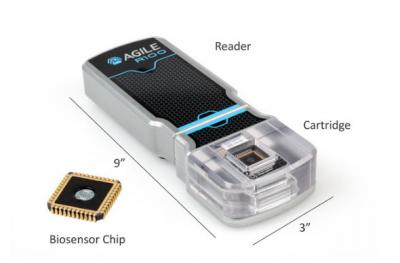
We expect the first graphene-based mass-market products to be touch displays and Li-Ion batteries.
The audio field can also benefit from the use of graphene. China-based FiiO Electronics launched in-ear monitor earphones, the FiiO F3, that make use of a graphene-enhanced diaphragm driver. FiiO says that graphene enabled the development of a thin and flexible driver, which enables the F3 to faithfully reproduce music with a clean, rich, yet transparent high-fidelity sound. The FiiO F3 is shipping in China and in the US.
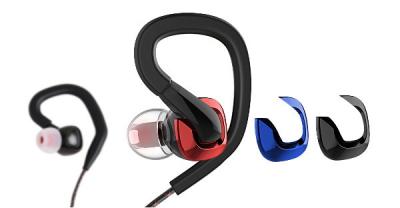
Anker’s audio brand, Zolo, sells its Liberty graphene-enhanced fully wireless earphones. The Zolo Liberty earphones cost $99, which may seem expensive but the company explains that these are wireless and offer a whole-day battery life. It also comes with AI for smart assistance and is sweat-proof (and so suitable for use in fitness activities). The ZOLO promises super clear and immersive sound quality and the graphene-enhanced technology reportedly results in impressive treble and clarity.
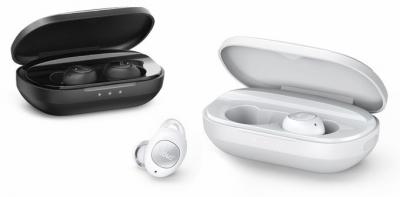
Further reading
The latest graphene products news:
STEK Automotive launches graphene-enhanced window films
STEK Automotive, a U.S-based film technology developer, has launched a premium nano-ceramic window film, NEX, that contains graphene as well as tungsten and antimony tin oxide.

The graphene-enhanced nano-ceramic window films are said to provide crystal clarity as well as UV and glare reduction, and is said to effectively prevent heat from reaching vehicle interiors. Its metal-free structure also reportedly guarantees signal freedom, ensuring the continuous connectivity of all electronic devices. By blocking up to 95% of visible interior light, NEX additionally offers exceptional passenger privacy, while its 92% sun glare reduction rate dramatically reduces eye strain. With a 98% IR rejection rate, NEX's steady regulation of UV transmittance keeps windows cool, significantly reducing the level and intensity of deterioration.
Applied Graphene Materials customer Halo Autocare launches second graphene-enhanced car polishing wax product
Applied Graphene Materials has announced that its customer, Halo Autocare, a leading innovator in car care products, has launched Graphene Alloy Wheel Wax as part of its EZ Car Care range of products. This is the second graphene-enhanced wax polish product launched by Halo Autocare as part of its Graphene Innovation Programme, which uses AGM’s Genable® graphene dispersion technology.

The microcrystalline wax-based polish is said to be the result of the continued partnership and a rigorous testing programme delivered by Halo Autocare. This has produced a new product that delivers extended performance benefits, including improved thermal and chemical resistance to enhance coating durability further for demanding wheel and exhaust applications. The temperature resistance made possible through the new graphene nanoplatelet formulation helps with durability when alloy wheels heat up from consistent brake use. Combining these attributes with excellent barrier performance means that water spotting is also less likely to occur.
MSI is now shipping its graphene-enhanced backplate RTX 3000 graphic cards
Last month MSI revealed that it is utilizing graphene composites in its RTX 3000 series GPUs. The new graphic cards are now shipping globally (the cost in the US is $1,699).
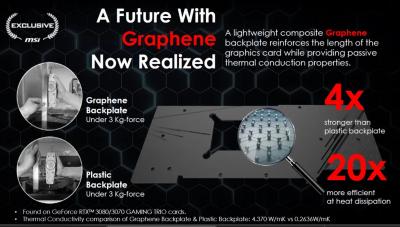
MSI uses a graphene composite matMSI uses graphene composite in its graphic cards for improved durability and heat transfer erial as the backplate of the GPU, which is traditionally made of plastic. MSI says that the graphene composite is 4X stronger than its previous plastic backplate, and offers much higher (20X) heat dissipation performance.
Update: the MSI RTX 3000 graphene-enhanced GPUs are now shipping
MSI, a global computer hardware manufacturer, has revealed that it is utilizing graphene composites in its RTX 3000 series GPUs.

It seems that the graphene composite parts are replacing the backplate, traditionally made of plastic, and provide greater heat dissipation performance and better stiffness to handle the weight of the entire card while still weighing less than plastics.
Nanotech Energy launches EMI Shielding product line
Nanotech Energy has announced the debut of Nanotech EMI Armor Paint & Sheets, graphene powered coatings and films for electromagnetic interference (EMI) and radio frequency interference (RFI) shielding, as well as heat management.
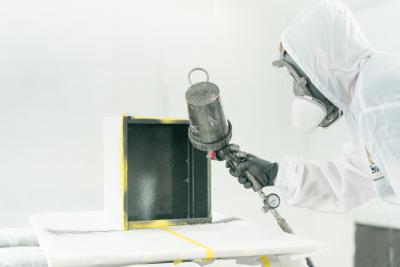
The EMI Shielding line currently contains six products – all of which are said to be highly conductive and provide excellent external EMI/RFI protection while also preventing internal EMI/RFI leaks. The products can be sprayed, brushed, rolled or dip-coated onto various surfaces, such as glass, plastic and metal – depending on the specific product used.
